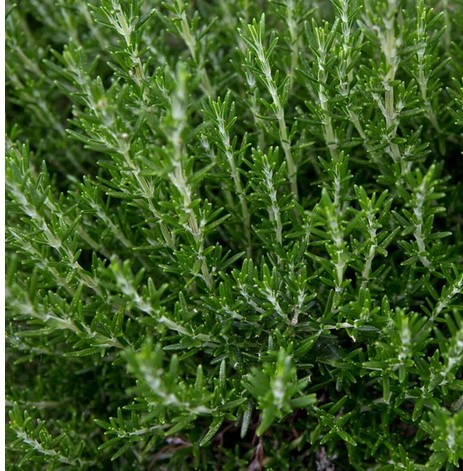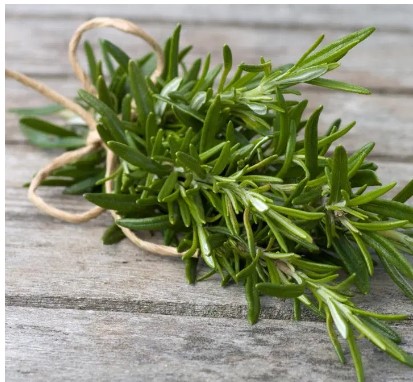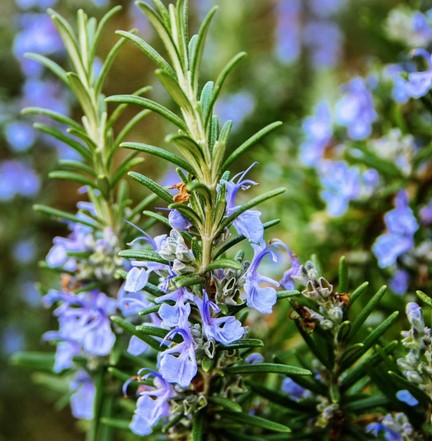Rosemary Upright
Rosmarinus officinalis



Characteristics
- Type: Perennial Herb
- Zone: 8 – 10
- Height: 2 – 6 Feet
- Spread: 2 – 4 Feet
- Bloom Time: June to July
- Bloom Description: Pale Blue to White
- Maintenance: Medium
- Sun: Full Sun
- Water: Dry to Medium
- Leaf: Fragrant, Evergreen
- Flower: Showy
- Attracts: Bees, Butterflies
- Tolerates: Deer, Drought
Culture
Rosemary Upright is winter hardy to USDA Zone 8-10 where it may be grown in light, slightly acidic, dry to medium, well-drained soils in full sun. Tolerates light shade, but best performance is in full sun. Established plants have good drought tolerance. Rosemary Upright performs poorly in heavy clay soils. Wet, poorly-drained soils in winter are usually fatal. If desired, prune plants after bloom to encourage dense foliage growth. Plants may also be pruned to specific shapes. Best propagated by cuttings.
Noteworthy Characteristics
Rosmarinus officinalis, commonly known as rosemary, is a generally erect, rounded, evergreen shrub with aromatic, needle-like, gray-green leaves and tiny, two-lipped, pale blue to white flowers. It typically grows to 4-6’ tall in areas where it is winter hardy. The intensely fragrant foliage of this shrub is commonly harvested for a variety of purposes including culinary flavorings, toiletries and sachets. These plants also add excellent ornamental value to borders, herb gardens, patio areas and foundations both when grown in the ground and/or as container plants which are often brought indoors for overwintering. Flowers are attractive to bees and butterflies.
Problems
Rosemary is often a difficult plant to overwinter indoors. It is susceptible to powdery mildew, particularly when air circulation is poor. Botrytis is also a potential concern. Root rots may occur if plants are overwatered. Indoors. watch for aphids, mealybugs, whiteflies and spider mites.
Garden Uses
Where winter hardy, grow in herb gardens, borders or foundations. Ornamental specimen or low hedge. Container plants are attractive additions to patios, decks and other sunny areas around the home. Leaves may be used (fresh or dried) in a variety of cooking applications such as stews, breads, stuffing, herbal butters or vinegars. Leaves also provide excellent flavor to meats, fish and vegetables.
Courtesy of Missouri Botanical Society Plant Finder